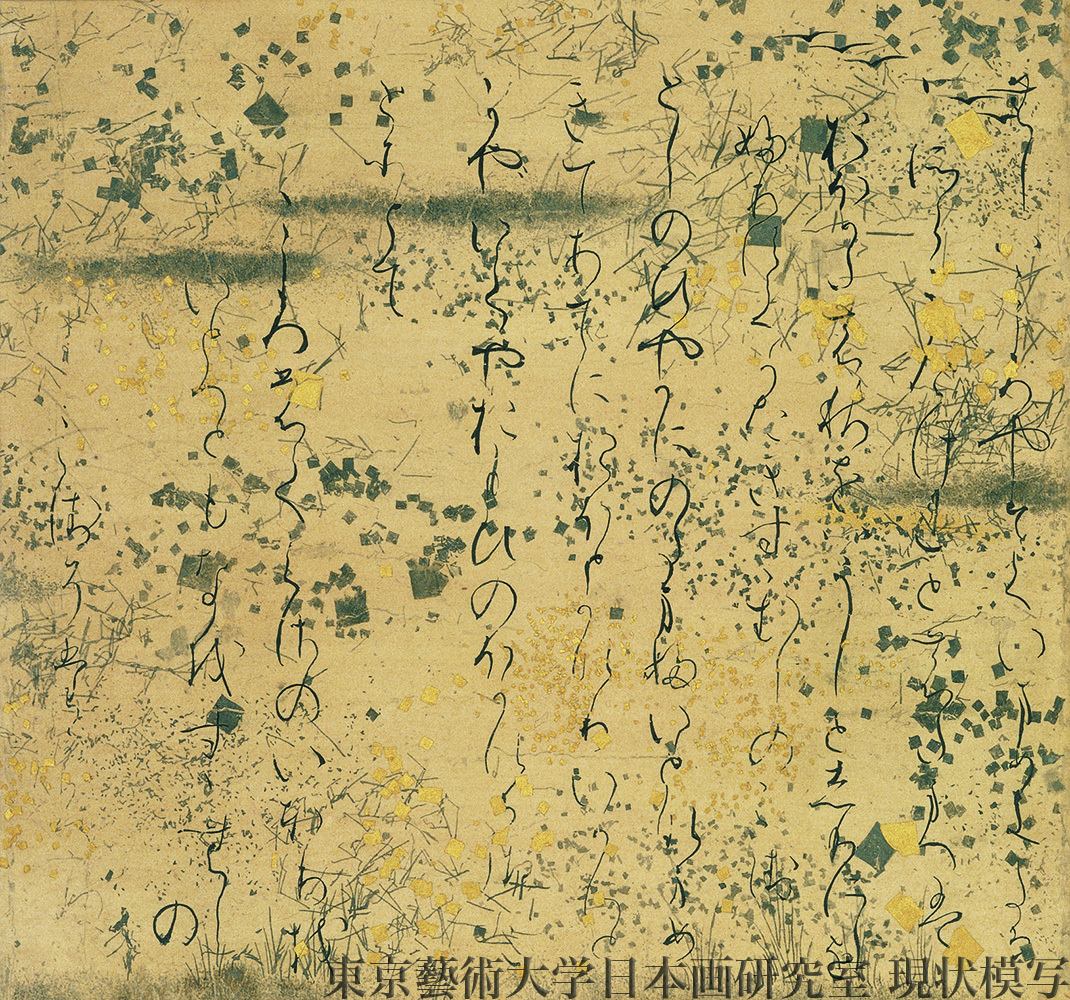Pre-Modern time period
For my first example I will be using "The Tale of Genji," written by Lady Murasaki Shikibu in the early 11th century. It is regarded as one of the most important pieces of pre-modern Japanese literature. Written in her early thirties, Lady Murasaki's masterpiece was read to the Japanese Emperor in 1008, demonstrating its early importance. The story, which spans 54 chapters, centers on Prince Genji, the protagonist, and his amorous and courtly exploits. One of Lady Murasaki's well-known English translators, Arthur Waley, has highlighted the literary brilliance of her storytelling. Her story explores themes of early love and the difficulties that come with it, all while providing a meticulous account of Heian royal life. The narrative is further enhanced by the addition of letters and poetry, which are frequently infused with natural imagery. Although the original manuscript has not survived, it was written in the concertina method, which included pasting several sheets of paper together and folding them alternately. This piece of work was written during the height of the Heian period's cultural achievements which can be shown in multiple ways with the details it included.
The poetic intricacy and antiquated vocabulary of the manuscript make it nearly impossible to understand without specialized knowledge. Since Kanji writing was mostly associated with men at the time, Murasaki wrote mainly in Kana because women had to be discreet when using Kanji. Through the work we are also able to see the larger cultural conventions and gender roles of Heian Japan reflected in this stylistic decision. Poetry, especially Tanka poetry, is an integral aspect of the story and reflects the significance of lyrical exchanges in courtly discourse. It has been translated several times into contemporary Japanese and other languages over the ages. Early in the 20th century, Akiko Yosano translated it into modern Japanese. Arthur Waley, Edward Seidensticker, and Royall Tyler later translated it into English, opening it up to a wider audience. Though the original manuscript is lost, there are currently about 300 different copies in existence in addition to several artistic scenes that provide the story's visual meaning. Since they are not often on exhibit, several of these illustrations, especially the delicate scrolls owned by the Tokugawa Art Museum—have significant cultural and historical significance. This piece of work shows us the intricate ways people in Asia had put into their manuscripts in order to showcase it to people around them. Lady Murasaki put an incredible amount of detail into her work and in the end that was the best decision she could have made as “The Tale of Genji” is still shown around the world today.
